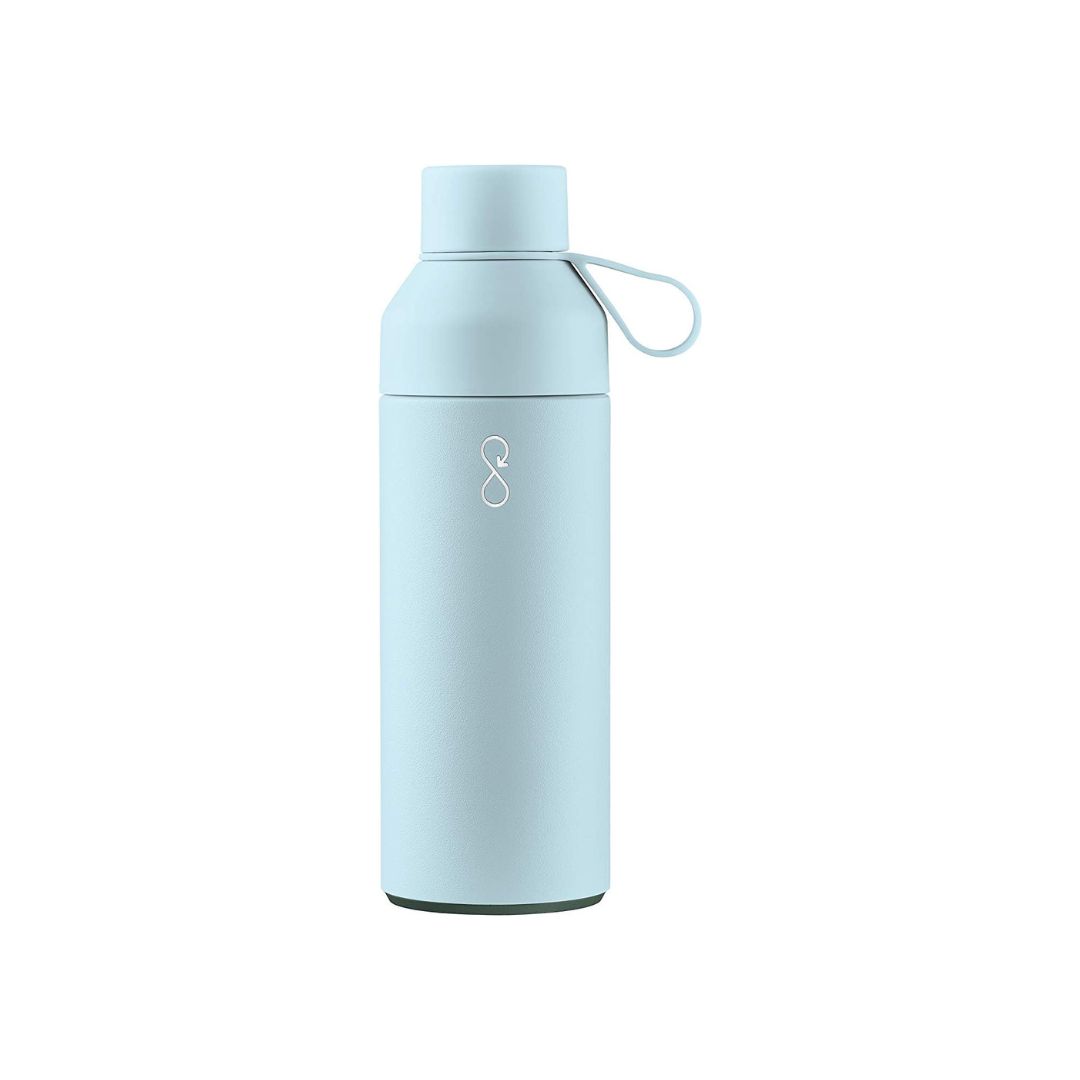Somatic workouts are fast becoming one of the most popular workouts of the year - 5 free sessions a PT recommends
It’s time to get in tune with your body.
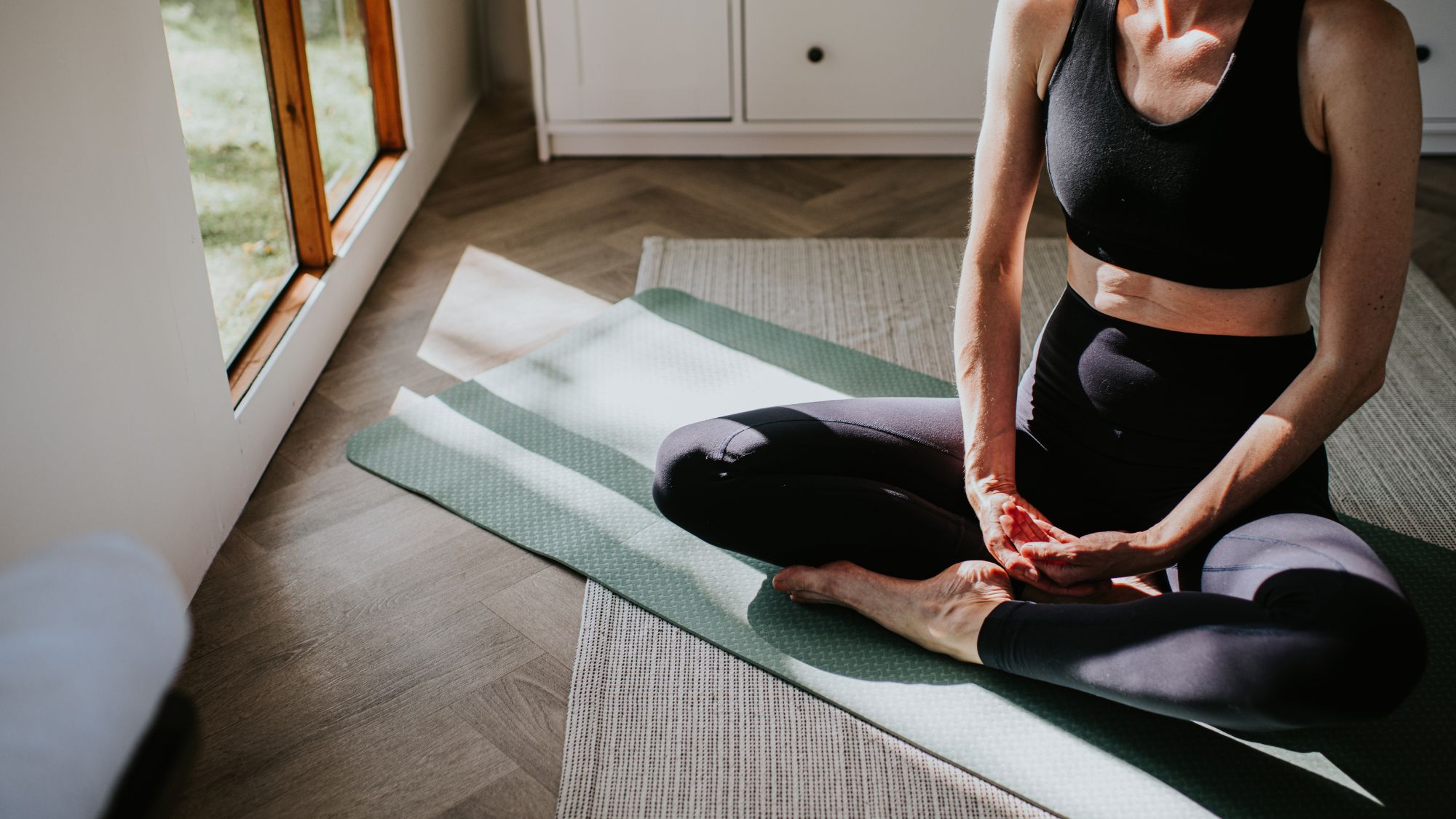

When it comes to exercise, hands up if you've ever fixated solely on the physical, determined to build muscle, master a headstand, or limber up for a marathon personal best? Us too. And of course, these are all worthy pursuits in their own right, but by focusing exclusively on your physical workout goals, you risk losing sight of what’s going on inside your mind. Enter: somatic workouts.
A form of movement where fitness and mindfulness collide, somatic exercise is a practice designed to help you get more in touch with your body while working out. Philosopher Thomas Hanna, known as something of a pioneer in the field of somatics, described the practice as “the study of the self from the perspective of one’s lived experience, encompassing the dimensions of body, psyche, and spirit.”
It's no wonder, then, that somatic workouts have gone viral as one of the year’s buzziest fitness trends. It was a top trending Google search term in 2023 and remains firmly still at breakout six months on, while on TikTok, the hashtag #somaticworkout has amassed nearly 30 million views to date. Celebrities including Gwyneth Paltrow and Jennifer Aniston are reported to be wholeheartedly embracing the practice, too.
Here at Marie Claire UK, we can understand why. A quick look at the research shows how beneficial the workouts can be for both body and mind. Case in point: one 2024 study found that somatic psychotherapy had the potential to release stress and anxiety, while another study found that regular somatic movement could improve symptoms of chronic pain.
Keen to get on board with the trend? You’re in luck. Below, somatic coach, personal trainer and founder of Flux & Flow Coaching Eleanor Forder breaks down what all the hype is about and shares her five favourite somatic workouts to stream anytime, anywhere. Whether you have five minutes or forty spare, Forder has provided a convenient somatics session to slot into your daily routine. Intrigued? Read on to learn more, and scroll our guides to mindful movement, dance for happiness, and nervous system regulation, while you're at it.
Your guide to trending somatic workouts, a mind and body boosting form of exercise
What are somatic workouts?
Somatic movement is all about connecting the external to the internal. According to Forder, somatic exercise is less of work-out and more of a work-in. “It’s very much about awareness of the inside of your body,” says Forder. “It involves picking up on subtle sensation, so it’s very gentle.”
A bit like mobility exercises or stretching workouts, somatic isn't a hardcore sweat-fest of a session, rather a more gentle practice that aims to stretch your body, regulate your nervous system and soothe your mind. Because of its low-impact nature, it can be used as a warm-up, cool-down, or workout in its own right.
Marie Claire Newsletter
Celebrity news, beauty, fashion advice, and fascinating features, delivered straight to your inbox!
Forder explains that classic somatics is all about small, repetitive movements. “An example might be a weight shift from one foot to the other - think a really gentle, really slow back and forth,” she says. “The way I think of it is your brain picking up more data because you’re doing it so slowly and repetitively. You’re able to calibrate your mind and body when you have a more sensitive awareness of where you are in space, then your nervous system will find the most efficient way to move.”
@drlindseyschmidt MESSAGE ME GUIDE and I will message you my Free Somatic Guide! 1️⃣ When doing vagal toning, we are looking to specifically help stimulate our vagus nerve. This is our biggest parasympathetic nerve, which is a part of our rest-digest-healing state. When we tone this nerve, we can help create a more resilient nervous system and help regulate our cortisol. 2️⃣ With somatic movement (vagal toning can be included in this category), are gentle movements that help reawaken and recondition the muscles, improve body awareness, reduce tension, and release trapped stress and trauma. ✨ This movement I share is something I have done for many years to help release my hips, help my diaphragmatic breathing, and regulate my nervous system + cortisol! ➡️ Let me know if you love these somatic movement ➡️ and MESSAGE ME GUIDE and I’ll message you to gain access to my Free Somatic Guide!
♬ Golden Hour: Piano Version - Andy Morris
What are the benefits of somatic workouts?
At its core, somatics is all about what's going on inside your body, so it should come as no surprise that somatic exercise is reported to have some significant mental health benefits. “When we're struggling with our mental health, one of our survival strategies is numbing our bodies,” says Forder. “In the process of coming back to yourself, being in your body is really key," she goes on.
That's where somatic work comes in, because when we do somatic work, there can be emotional release, she adds. There’s even some early research showing that somatic exercise could have a positive effect on PTSD symptoms, too.
While somatic movements are small but mighty, they can really pack a punch when it comes to mind-body connection. Sure, it may sound akin to meditation or yoga for relaxation, but somatics is a unique mind-body practice that can serve as a foundation to any workout, be that CrossFit or yoga, maintains our expert. “In my personal training work, I use it as a building block for the bigger movements," Forder goes on. "As a warm-up, we’ll start with awareness, like a weight shift from side to side, and then gradually build up the resistance and challenge.”
Bottom line: no matter what your exercise of choice may be, you can apply somatic practices to your workout routine.
Who are somatic workouts best for?
Because of just how gentle and subtle somatic movement is, this form of exercise is highly accessible. According to Forder, somatics is all about calibrating your mind and body to ensure that you’re not holding unnecessary tension when you move - something that all of us could benefit from. “There’s a hypnotic aspect to changing the way you hold yourself, or rather stop holding yourself - it can be linked to psychological patterns around not wanting to let go or trying to force things.”
Forder explains that people suffering with their mental health would likely benefit from somatic movement, as would those among us with hectic and stressful work lives. “Any busy professionals who live on their screen the whole time - we’ve become avatars in our emails and work lives. People are taking on the most inefficient postures - they’re hunched over because they’re not feeling their bodies, they’re just in the screen.”
Somatic movement is a foundational practice, so whether you’re an exercise novice who's never stepped foot in the gym, someone who's looking to return to exercise after a period of injury or a fitness fanatic, somatics can be applied to your routine however you best see fit, tailoring it around your unique needs. “There are layers and touch-points that people can find within the somatic world. You can apply it in so many different areas,” Forder explains.
@betterme_app Have you heard about somatic exercises? 🤔 These are a type of movement therapy that involves slow, deliberate movements to increase awareness and control of one's own body. These exercises can help alleviate tension, pain, and other physical discomforts caused by habitual patterns of movement and stress 😮💨🥱 Stick with @betterme.health.coaching for more!
♬ KISS A STRANGER - eydrey
5 free somatic workouts to stream from home
1. 3 minute somatic warm up
What? This yoga exercise is designed to bring awareness to the position of your bones and surrounding tissues.
Why? This quick session is beneficial for building overall self-awareness, as well as body awareness in space and efficiency in movement.
How long? 3 minutes.
2. 5 minute mindful somatic workout
What? This is a mindful somatic yoga exercise which is intended to enhance functional stability in the hips.
Why? This exercise is beneficial for anyone looking to improve body mechanics and posture, as well as overall lower body strength and mobility.
How long? 5 minutes.
3. 8 minute introductory somatic workout
What? This is an introductory session for anyone keen to learn about how to calibrate mind and body. It is a body scan of your bones, followed by gentle movement.
Why? This is an embodied meditation that is designed to help focus the mind in the present moment, in order to build self-awareness and down-regulate the nervous system, which helps with stress.
How long? 8 minutes.
4. 15 minute mobility somatic workout
What? This is a quick mobility sequence for getting deeper into a squat position.
Why? This exercise is beneficial for everyday hip function or as preparation for weighted squats.
How long? 15 minutes.
5. 40 minute somatic workout
What? This is a full somatic movement practice designed to help you get into your body. It is an alternative to seated mindfulness, complete with cues to keep your mind focussed in the here and now, while also learning how to let go of unnecessary tension and move with ease.
Why? This practice is ideal for stress reduction, or else before bed to help you drop into sleep.
How long? 40 minutes.
Shop MC UK approved fit kit now:
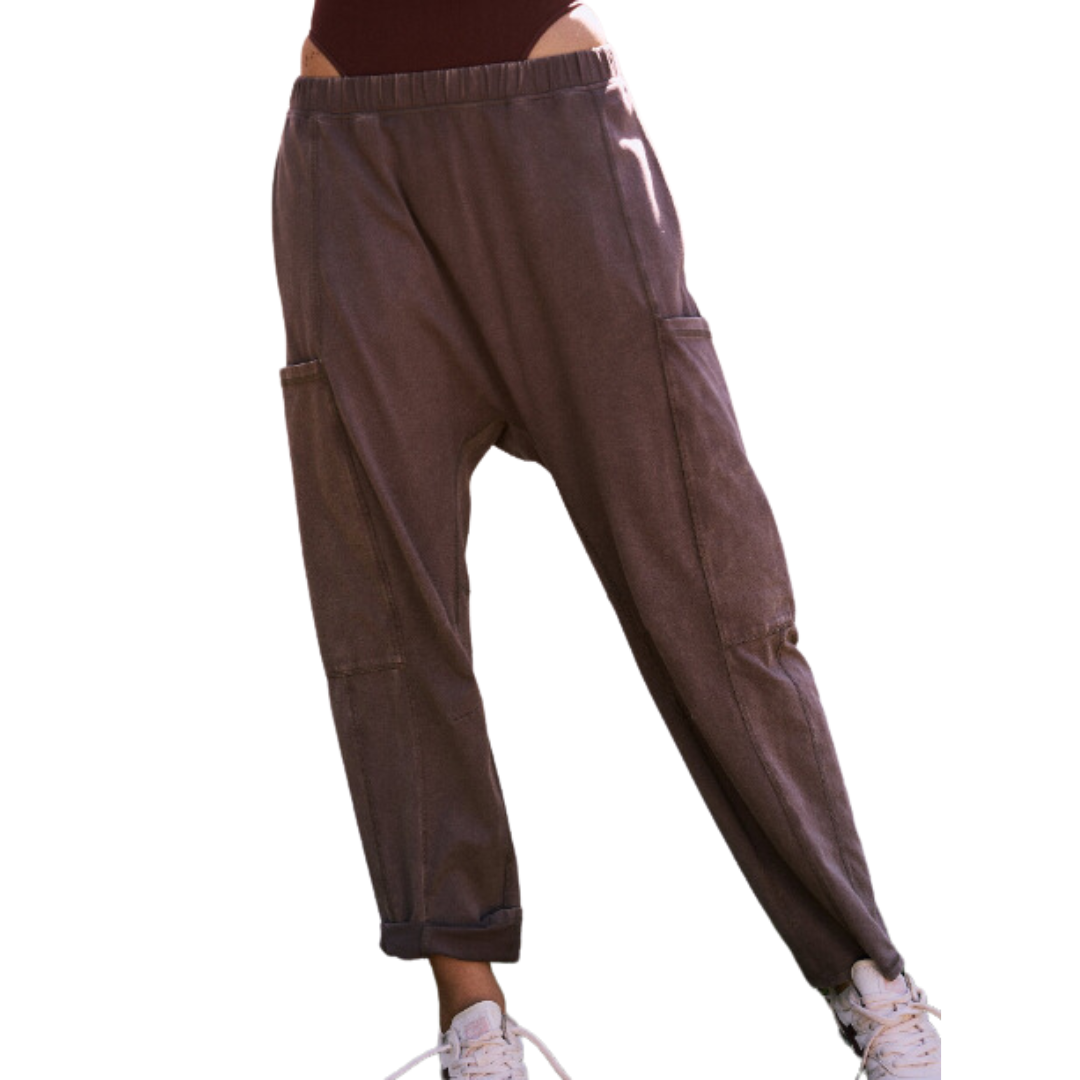
You'll want to be comfortable for your somatic workouts, which is where these pants from Free People come in. Easy to put on and off and soft to the touch, they'll allow you to focus on your breathing and the movement at hand.

Katie is a freelance writer who studied for an MA in Magazine Journalism at City, University of London. She discovered her passion for lifestyle journalism after finishing her BA at The University of Oxford. As a self-proclaimed cardio-phobe, you can likely find her on a workout mat doing a low-impact Pilates workout or testing out a buzzy new Reformer studio class. She has covered topics spanning health and wellbeing, beauty, celebrity news and interiors for publications such as Cosmopolitan UK, HELLO!, Well + Good and Livingetc.
-
 Prince Harry's "proud" words about wife Meghan Markle are going viral
Prince Harry's "proud" words about wife Meghan Markle are going viralBy Jenny Proudfoot
-
 Sources have opened up about Timothée Chalamet and Kylie Jenner's "intense" start to the year
Sources have opened up about Timothée Chalamet and Kylie Jenner's "intense" start to the yearBy Jenny Proudfoot
-
 Two Hollywood actresses were offered the role of Carrie Bradshaw before Sarah Jessica Parker
Two Hollywood actresses were offered the role of Carrie Bradshaw before Sarah Jessica ParkerBy Jenny Proudfoot
-
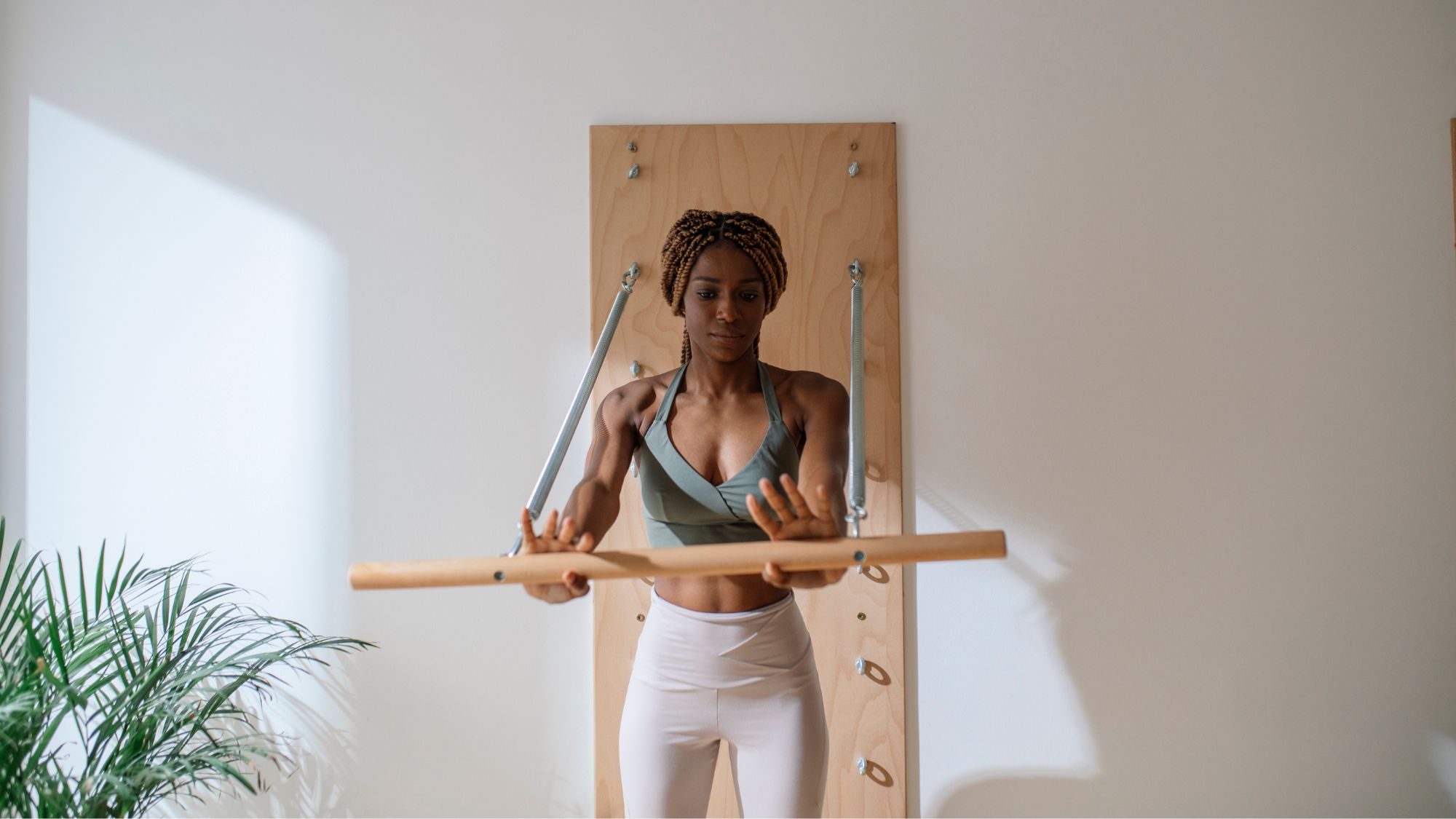 Stop what you're doing: these are, hands down, the best wall Pilates workouts for the core, according to top instructors
Stop what you're doing: these are, hands down, the best wall Pilates workouts for the core, according to top instructorsRigs at the ready.
By Katie Sims
-
 Modern Pilates is one of the most fun yet effective ways to strengthen and lengthen your body - 6 exercises to try
Modern Pilates is one of the most fun yet effective ways to strengthen and lengthen your body - 6 exercises to tryKeen to strengthen your entire body? This one's for you.
By Anna Bartter
-
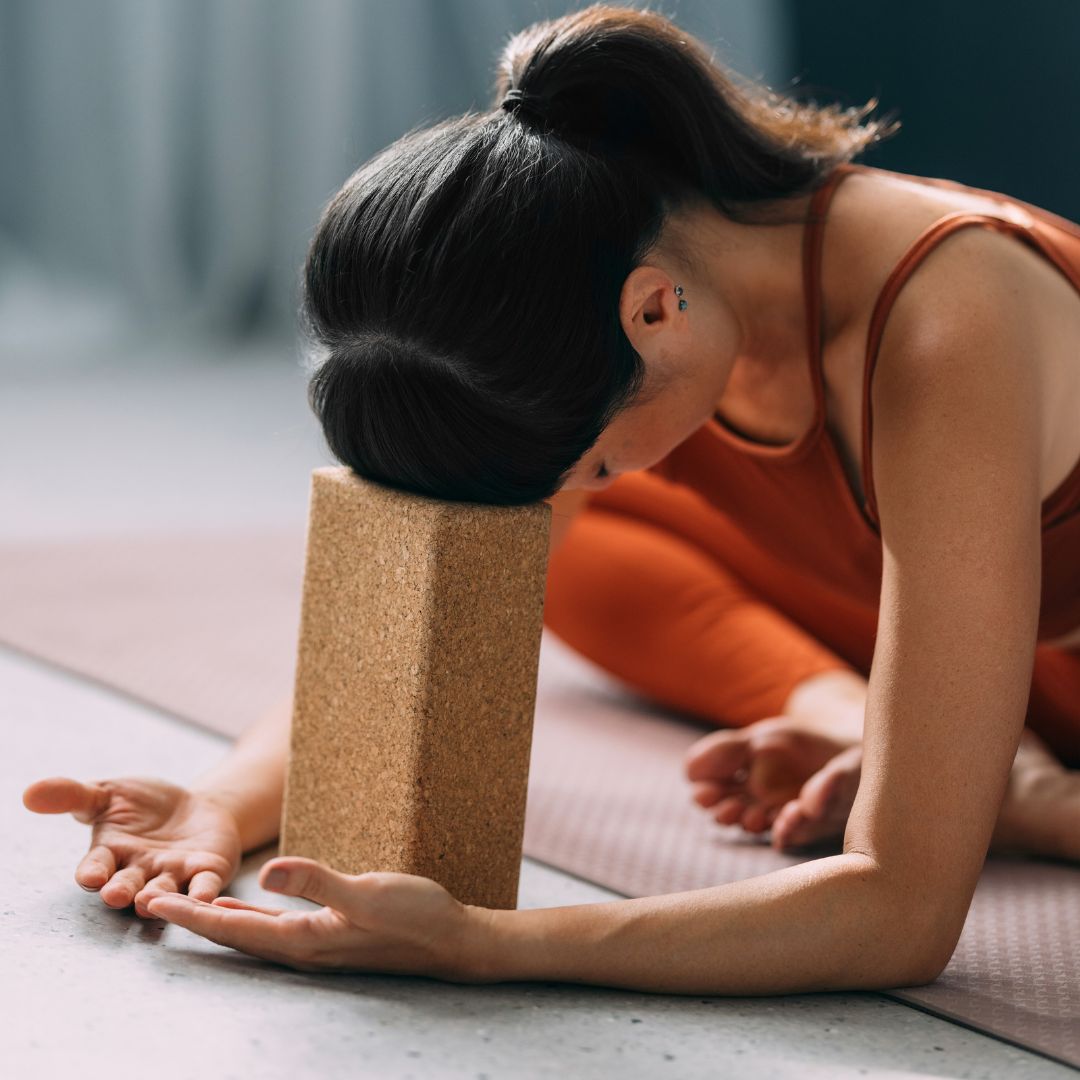 Short on time but keen to boost body and mind? Top experts share their go-to 10-minute yoga flows
Short on time but keen to boost body and mind? Top experts share their go-to 10-minute yoga flowsGuaranteed to make you feel grounded.
By Ashleigh Spiliopoulou
-
 Jump training workouts are being hailed as the best longevity workout you can do - a top personal trainer shares their guide
Jump training workouts are being hailed as the best longevity workout you can do - a top personal trainer shares their guideJump to it...
By Katie Sims
-
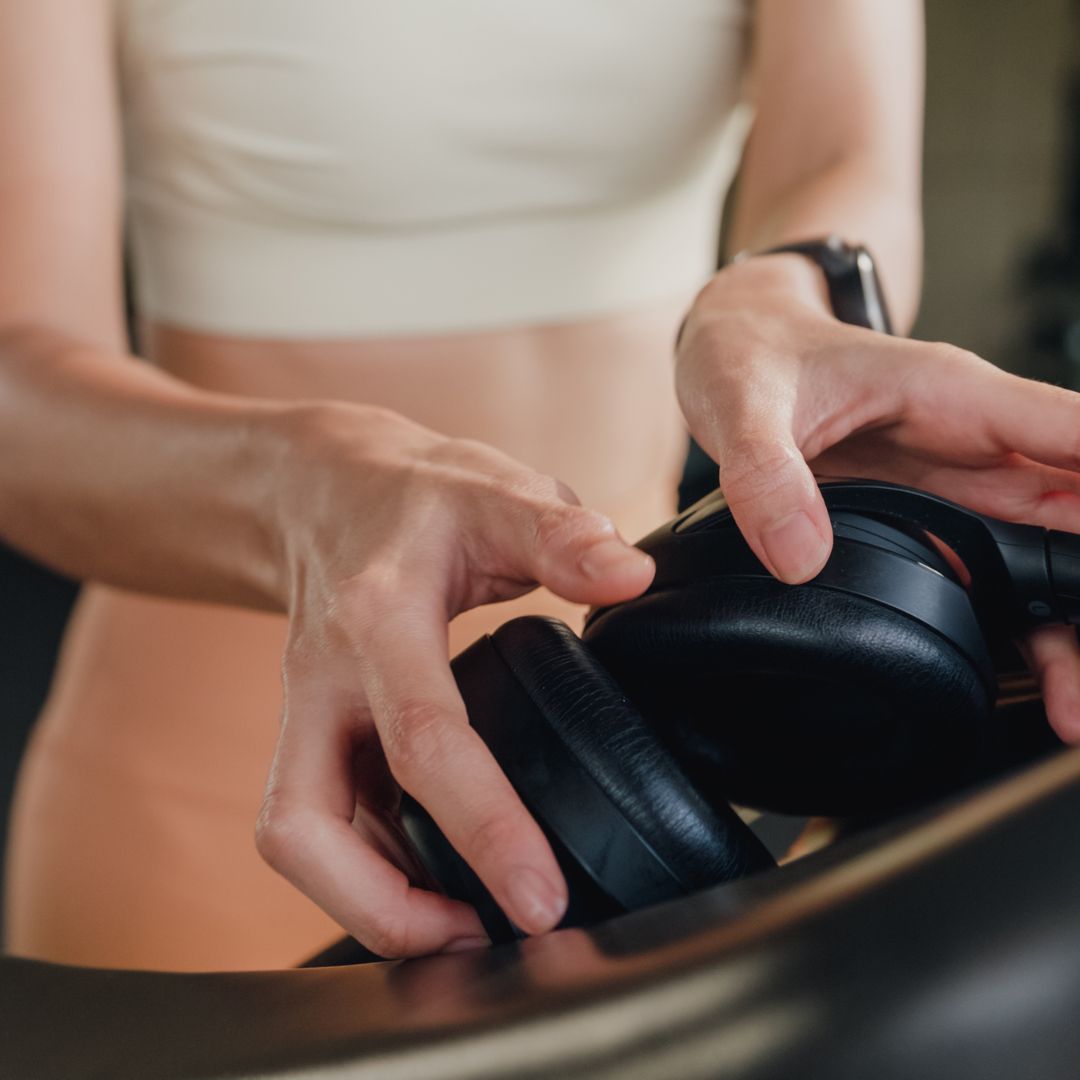 It's the must-have bit of fit kit of the year - a fitness expert shares their 5 top tips for choosing a walking pad
It's the must-have bit of fit kit of the year - a fitness expert shares their 5 top tips for choosing a walking padThis year's fitness must-buy.
By Katie Sims
-
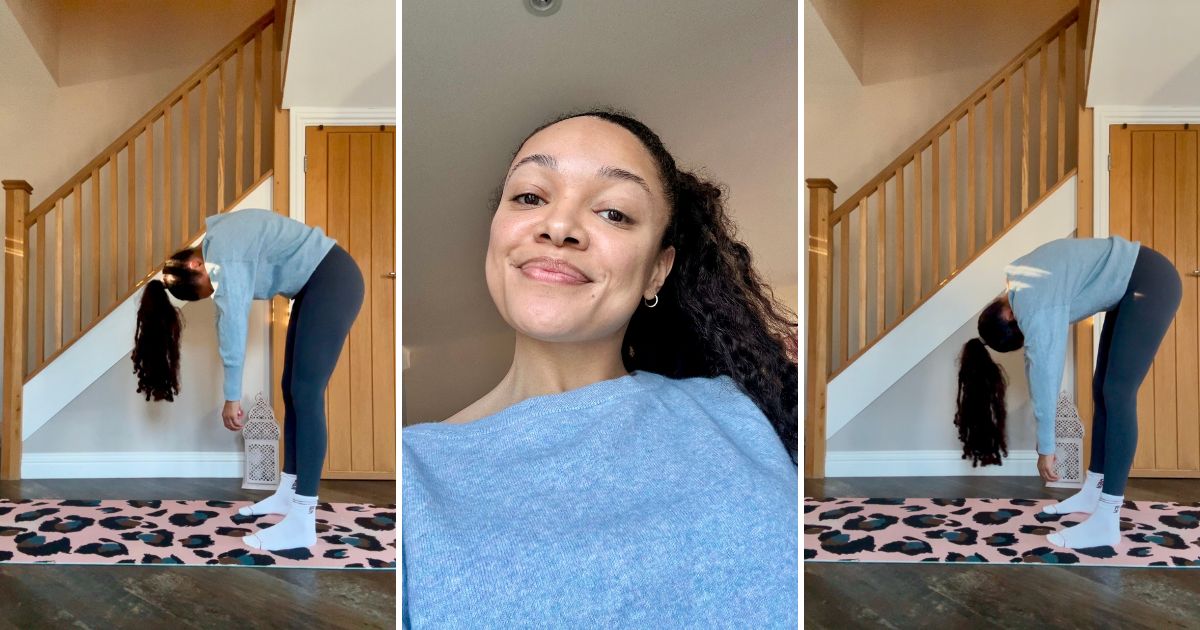 I tried Pilates roll-downs every day for a week - and was amazed at how quickly it eased years of stiffness
I tried Pilates roll-downs every day for a week - and was amazed at how quickly it eased years of stiffnessConsider my spine more mobile than before.
By Rebecca Shepherd
-
 Spring has finally sprung - 6 best outdoor workouts that are totally free and boost both body and mind
Spring has finally sprung - 6 best outdoor workouts that are totally free and boost both body and mindSoak in the nature and boost Vitamin D *and* endorphins.
By Anna Bartter
-
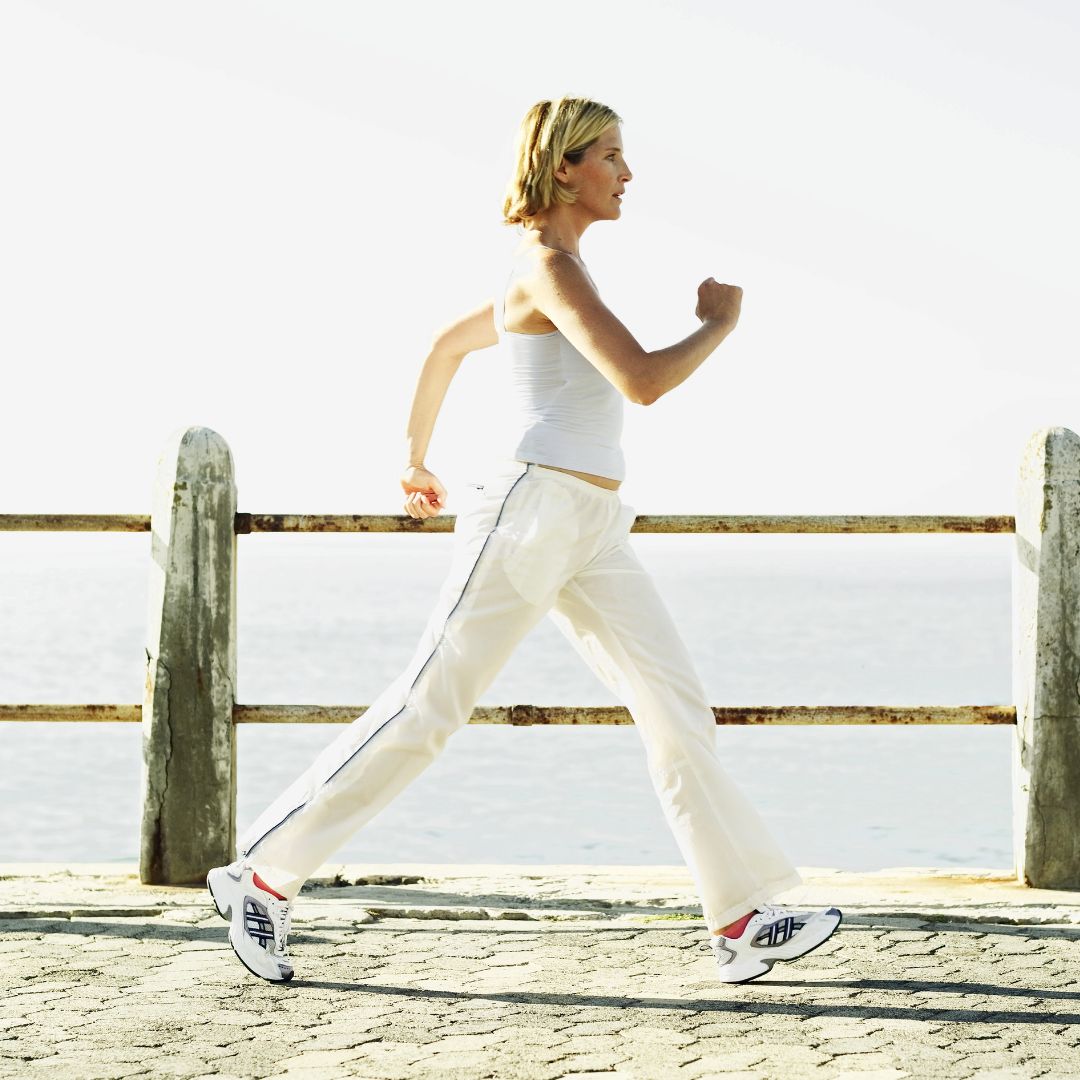 Power walking is the latest trending workout - and it promises to supercharge your health in the simplest way
Power walking is the latest trending workout - and it promises to supercharge your health in the simplest wayKeen to find out more? Step this way...
By Rebecca Shepherd





